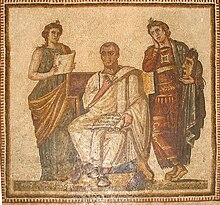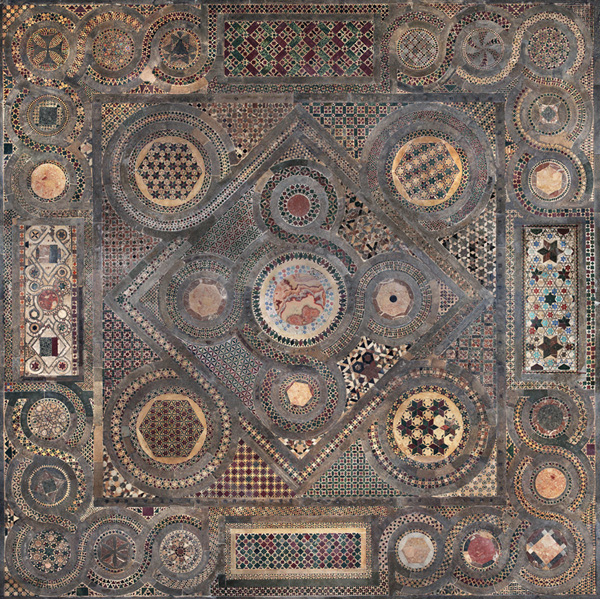These parents know exactly what they are doing. Here is Karen Edmisten: "Most of us would probably agree that in many areas of our society specialization can and does lead to fragmentation. Parsing education into subjects, which are then studied in a vacuum apart from other subjects, can also lead to a fragmented understanding of both the subjects and the world around us." Contrast the method or "unmethod" described in action here, in which history is full of literature, literature marches through history, history is interlaced with science, and everything points to Faith, because everything is connected with the Reason of everything.
There is in fact a deep compatibility between the radical homeschool or unschooling approach to education and other manifestations of the Catholic understanding of human nature. Natural Family Planning, like unschooling, is regarded by many as an impractical ideal or an ideology, but when practised in the right spirit it reveals itself as something else entirely. The point about NFP is that it requires mutual respect and attentiveness to the whole person of the spouse. It should not be treated as just another instrument for achieving the aim of reducing fertility. For a couple to master NFP is to for them to grow in mutual love and knowledge. Similarly, unschooling is based on respect for the child and love between generations.
And yet the accounts in the book underline one important fact. It seems that, to be realistic, one must acknowledge that the success or failure of the unschooling as well as the homeschooling approach depends in large part not just on the individual child and his motivation, but on the family as a whole, especially the parents. The flourishing of any individual requires the right kind of attention from others. Precisely because unschooling is a spirituality, it will only succeed (on almost any measure of success) if the family is of a certain type or has a certain maturity. As Cindy Kelly says in her chapter, “The most powerful way to encourage my sons to enjoy a new area of learning is to model it myself and continue our dialogue about their interests and mine.” Not every parent is capable of that; not all have the leisure, confidence, or motivation to do so. But for those who do, I can imagine - after reading this book - that it might work beautifully well.
And yet the accounts in the book underline one important fact. It seems that, to be realistic, one must acknowledge that the success or failure of the unschooling as well as the homeschooling approach depends in large part not just on the individual child and his motivation, but on the family as a whole, especially the parents. The flourishing of any individual requires the right kind of attention from others. Precisely because unschooling is a spirituality, it will only succeed (on almost any measure of success) if the family is of a certain type or has a certain maturity. As Cindy Kelly says in her chapter, “The most powerful way to encourage my sons to enjoy a new area of learning is to model it myself and continue our dialogue about their interests and mine.” Not every parent is capable of that; not all have the leisure, confidence, or motivation to do so. But for those who do, I can imagine - after reading this book - that it might work beautifully well.




